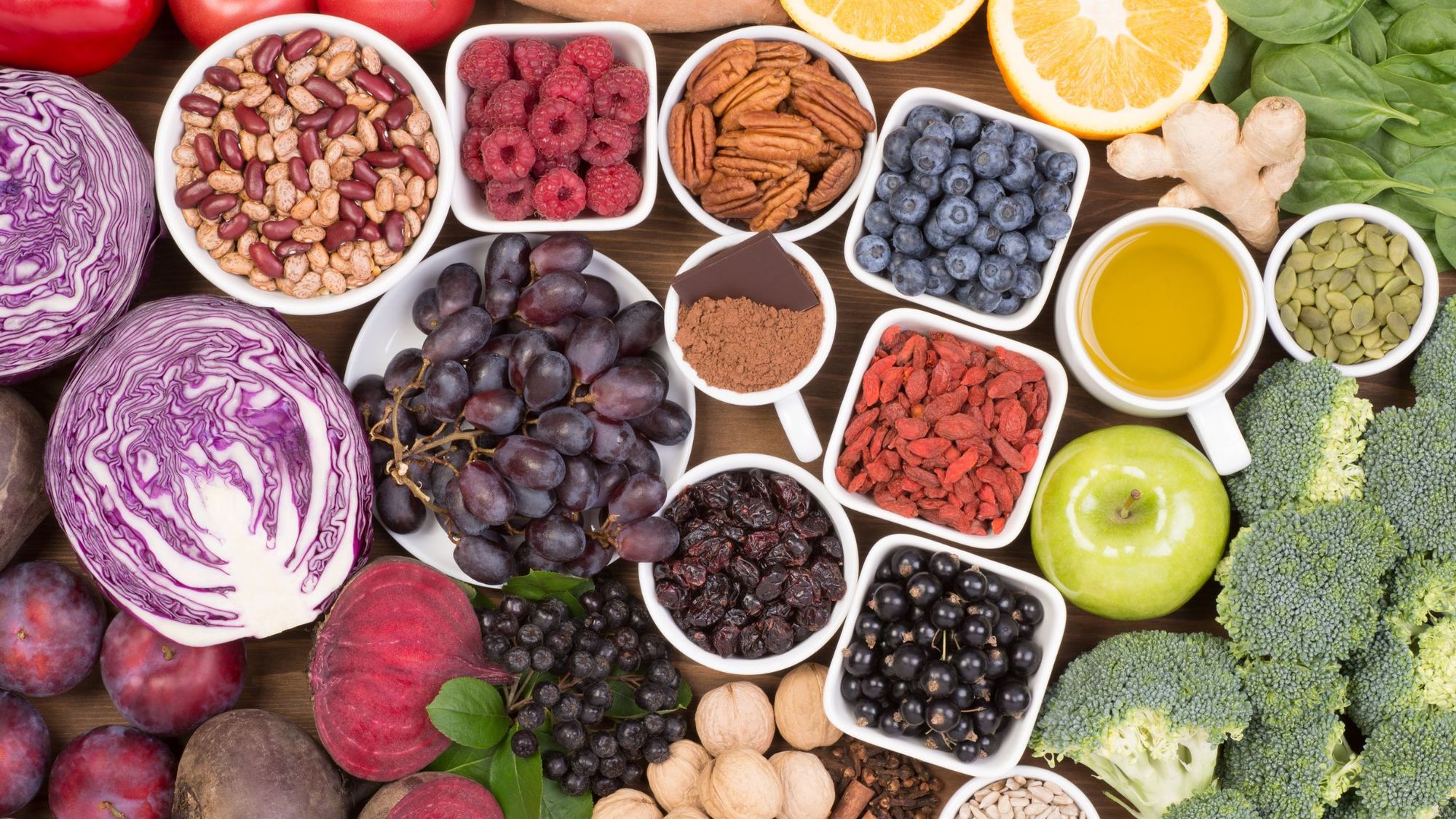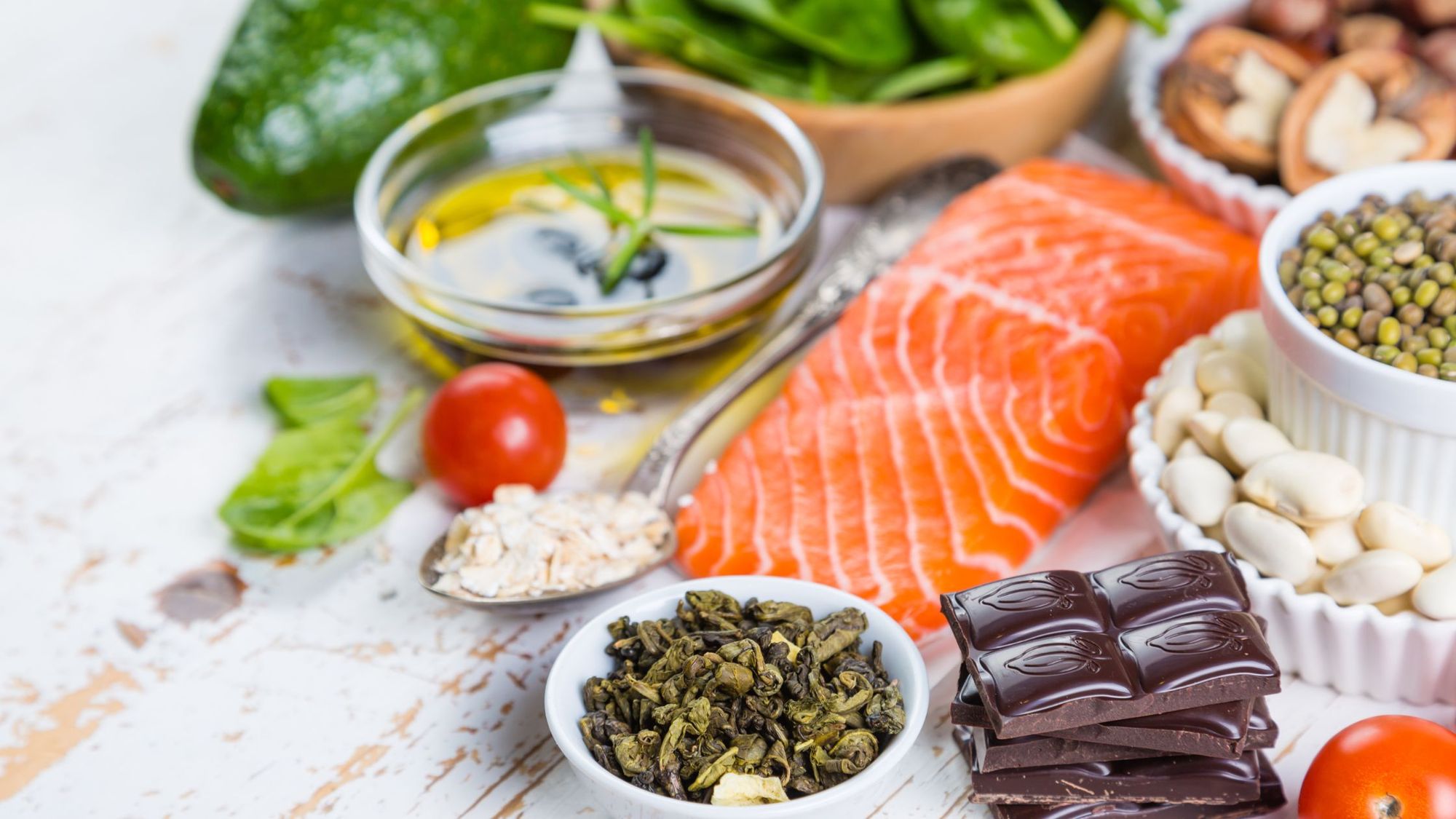
It’s normal to have food cravings. These intense desires for specific foods can be challenging to resist and often lead to lapses in judgment. What that looks like differs from person to person, but it often means indulging in less nutritious choices in excess. We’ve all been there.
However, if you pile too many calories, you might be inviting many health risks.
These urges can feel overwhelming, but understanding the underlying reasons behind food cravings can help us develop effective strategies to manage and overcome them. In this article, we will delve into the science of food cravings, exploring why we get different kinds of cravings and why unhealthy food tends to be the common culprit. Of course, you’ll find tips you can take away to manage these urges right away.

The Nature of Food Cravings: Unraveling the Whys
a. Neurological Factors
Food cravings have a neurological basis, primarily involving the brain’s reward system. When we consume certain foods, particularly those high in sugar, fat, or salt, our brains release neurotransmitters like dopamine, creating a pleasurable sensation. This positive reinforcement encourages us to seek out those foods again, leading to cravings. Binge eating is often the result of such dopamine-seeking food cravings.
b. Nutritional Imbalances
Some propose that you have cravings because of specific nutritional deficiencies. For example, a craving for chocolate may indicate a need for magnesium, while a craving for salty snacks may signal a sodium deficiency. Our bodies may instinctively seek out certain foods to address these imbalances. However, this may not be true in all cases. These cravings should ideally be directing you towards quality nutrition-rich foods, like fruits and vegetables, when in reality, we’re desperate for a big helping of ice cream or slice of pizza.
c. Cravings as a Historical Instinct
Biologically, our bodies are wired to seek out calorie-dense foods high in sugar, fat, and salt. In ancient times, when food scarcity was prevalent, these energy-rich foods were crucial for survival. However, in today’s world of abundance and convenience, this innate preference for calorie-dense foods can lead to overconsumption of unhealthy options. This is why there is rising concern about the effect that readily available junk food – as facilitated by an increasing amount of food delivery services – can have on rates of obesity.
d. Psychological and Emotional Factors
Emotional distress has an intense correlation with food cravings. Whether it’s stress, boredom, or anxiety, such states of mind often trigger cravings for comfort foods as temporary relief. Additionally, stress influences your hormones, including cortisol, which is linked to binge eating.
e. Media and Advertising
Our eating habits are more emotionally charged choices than you might think. Exposure to highly processed and unhealthy foods through marketing and media can contribute to the development of cravings for these items. Not only that, but smart ads and branding can successfully associate junk food with positive feelings, and negative emotions for healthier options.

3. Health Implications of Food Cravings and Strategies to Curb Them
a. Health Implications
Frequent indulgence in unhealthy food cravings can lead to a range of negative health consequences. Excessive consumption of sugary and high-fat foods can contribute to weight gain, obesity, and an increased risk of chronic conditions such as type 2 diabetes and heart disease. Additionally, an unbalanced diet lacking essential nutrients can compromise your overall well-being.
b. Strategies to Tackle Cravings
- Mindful Eating: Practicing mindful eating can help us become more aware of our cravings and the reasons behind them. Simply understanding that you’re facing a craving instead of true hunger, you have the ability to pause and assess the situation instead of acting emotionally.
- Nutrient-Rich Diet: Ensuring a balanced and nutrient-rich diet can help address some of the underlying reasons for cravings. Focus on incorporating a variety of fruits, vegetables, whole grains, and lean proteins to meet your body’s nutritional needs. It can be hard to start, but studies have shown that reducing the frequency – not portion size – of a certain food allows you to condition your body to crave it less over time.
- Manage Stress: Finding alternative ways to manage stress and emotions, such as through exercise, meditation, or hobbies, can reduce the reliance on food as a coping mechanism.
- Healthy Substitutes: Identify healthier alternatives to satisfy cravings. For example, swap sugary desserts for fresh fruits or choose air-popped popcorn instead of buttered and salted versions. If you’re desperately looking to curb your hunger right now, you can try these healthy alternatives instead.
- Moderation, Not Deprivation: Completely depriving ourselves of certain foods can actually have the adverse effect of intensifying cravings. Allow yourself occasional treats in moderation to prevent feelings of restriction. It’s part of why cheat days are so important!
Conclusion: Empowering Ourselves Against Unhealthy Cravings
There is complex science behind the overwhelming urge to stuff ourselves full.
However, the simple takeaway here is that you are still at the wheel. Your dietary choices are your own, and you still hold control over many factors that influence your hunger and cravings. Having the knowledge to know how to do that requires a bit of studying, but at the very least, you realize that you don’t have to give in.
If you’re curious about taking your dietary agency to the next level, a CircleDNA test can give you the knowledge to make confident food choices. The at-home test reveals your dietary profile unique to your DNA. That way, you understand the types of foods and nutrients your body specifically needs, whether it’s to curb your cravings or simply live healthier in a smarter way.






